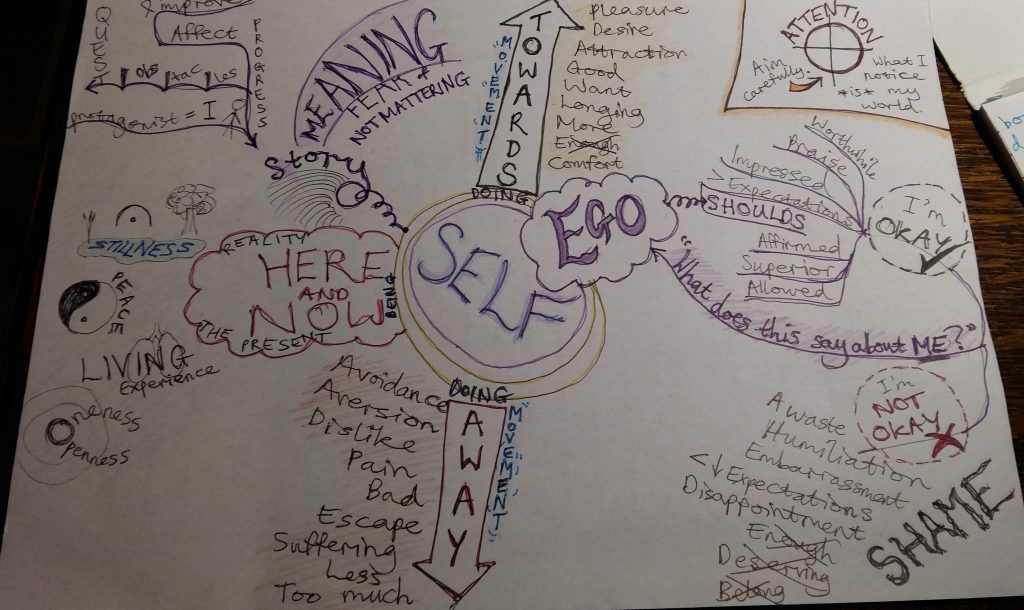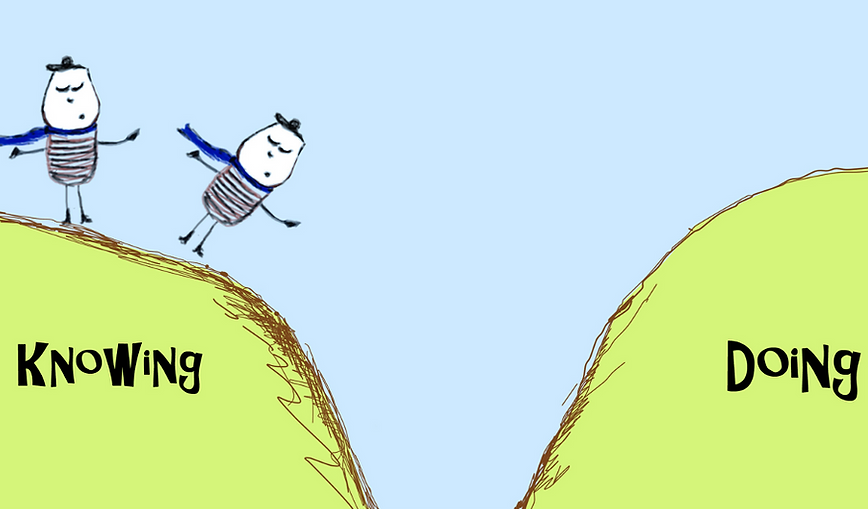
The Knowing-Doing Gap
The ‘Knowing-Doing Gap’ is an idea, like Scrum, that I have borrowed from the world of corporate self-help. It is a frustrating human truth that our knowledge does not usually drive our behaviour. However, our brain tricks us into the illusion that it does. The prefrontal cortex, the newest and most conscious part of the brain, is the part that can tell us stories, and it’s from those stories that we make sense of the world. This part of us will rewrite why we did something in the milliseconds after we did it. This is the power the story-telling part of our brain has over us—it controls and manipulates what we believe.
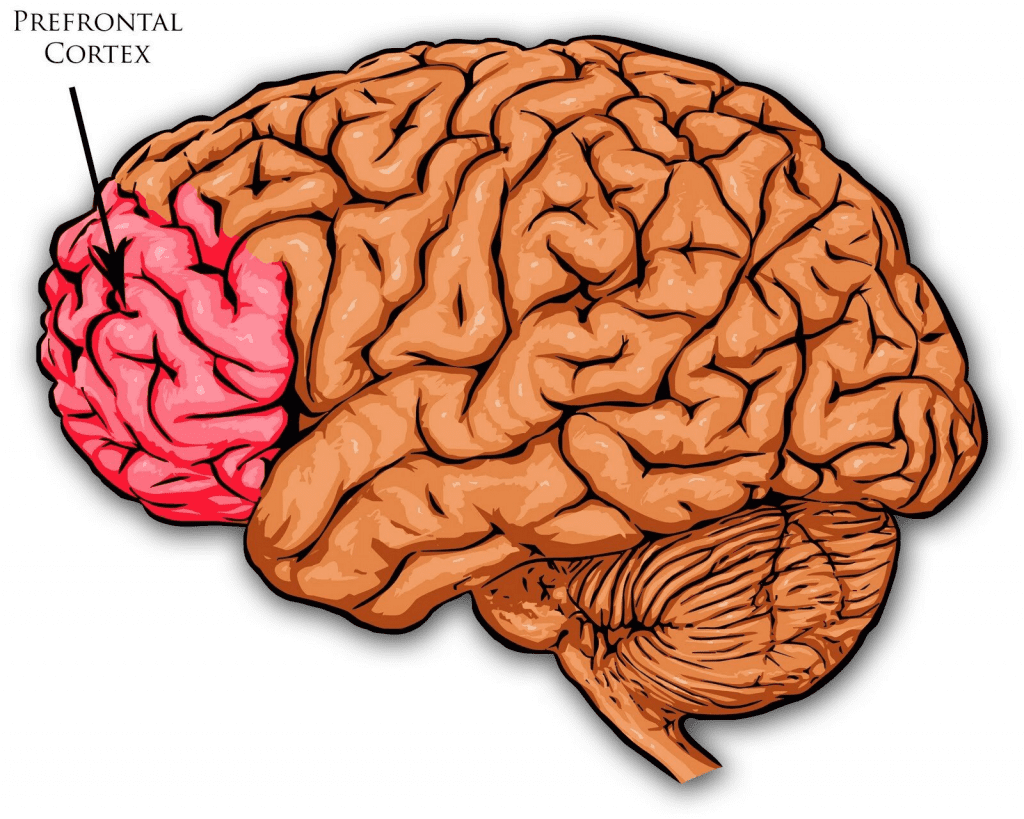
The frontal cortex, however, is relatively weak when it comes to controlling our behaviour. It is fighting against much deeper and more established parts of the brain: mechanisms like the dopamine reward cycle, and the fight/flight/freeze fear response. In other words, the true guiding force behind most of our actions is our emotions.
From the first single-cell organism upwards, there has always been some kind of feedback loop of fear and desire guiding the organism to either approach or avoid various stimuli. At this basic level, all action and reaction boils down to movement away or movement towards, and that focus on movement is reflected in the words themselves: emotion and motivation. We are fooling ourselves if we think that most of our desires and impulses are not ultimately resting on this evolutionary foundation.
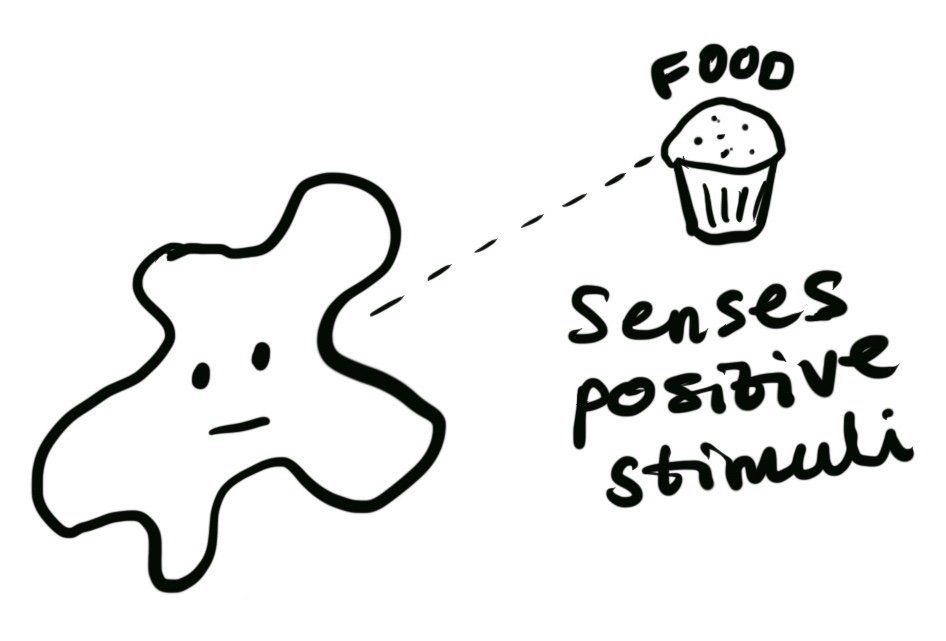
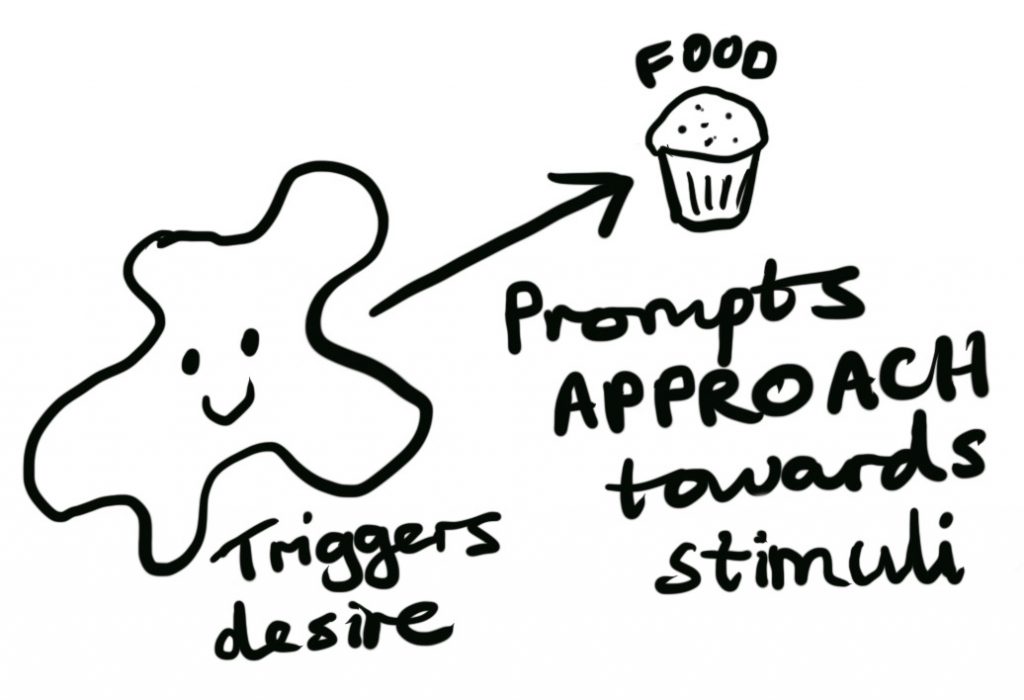
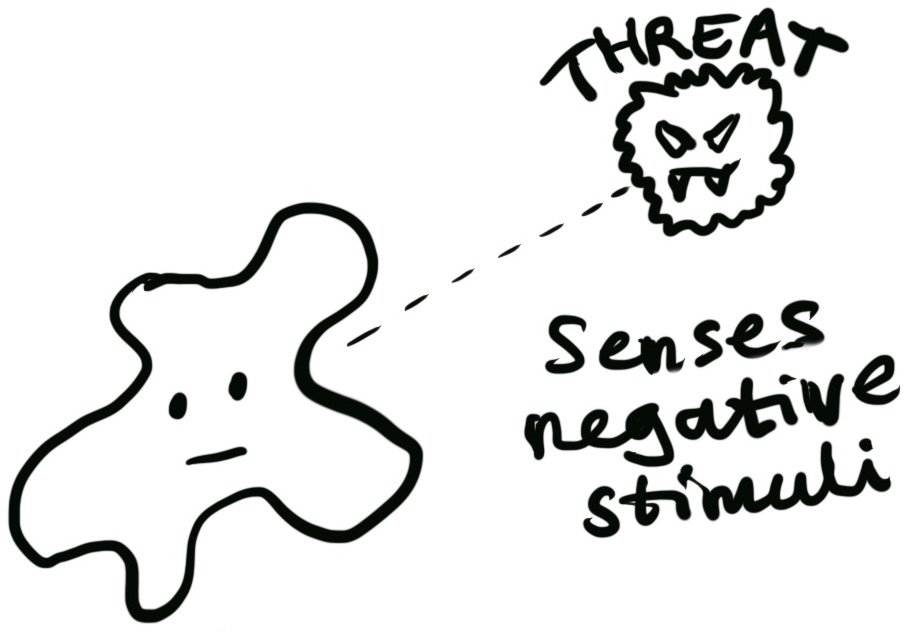
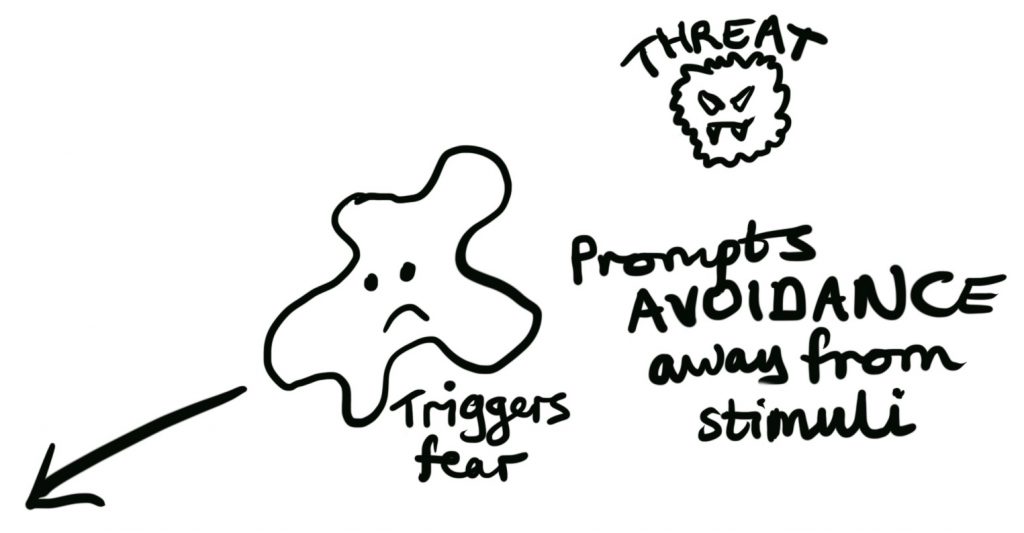
We are not generally motivated by facts. In the best case, facts will drive our decision-making only if we have no strong emotions about the outcome. So, realign what you expect from reading this blog. Knowing how to do Home Scrum is not enough. Change is harder than that; be kind to yourself. You don’t need to apply everything from this blog perfectly—if you take action on even a quarter of the suggestions just in the ‘speed-run’ posts you will still be doing extremely well.
